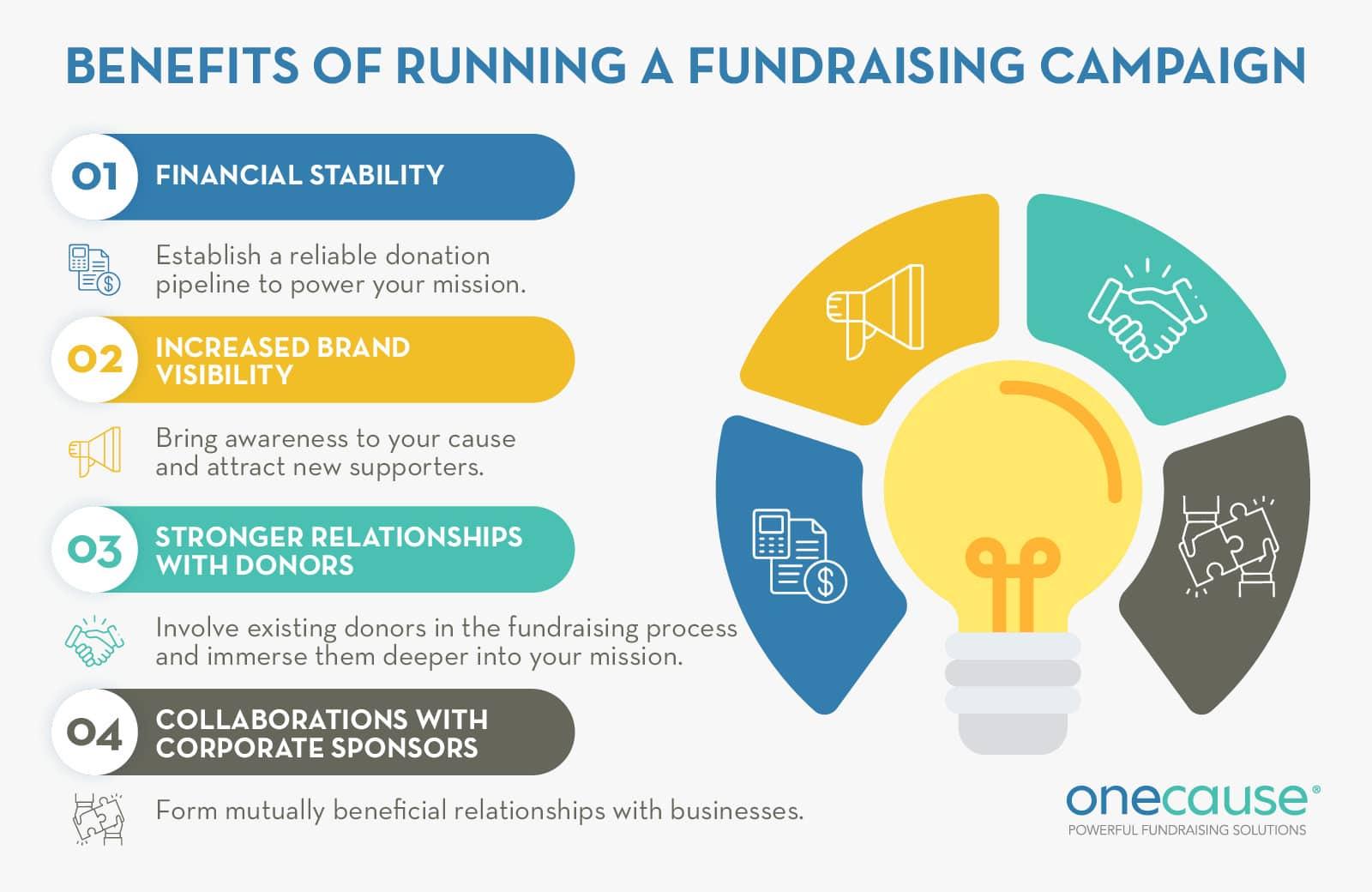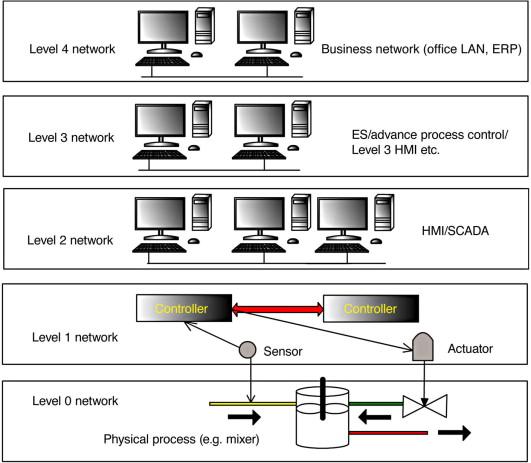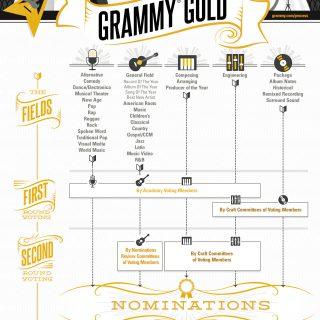In the glitzy world of major award ceremonies, where dazzling performances and artistic achievements are celebrated, there exists a complex web of politics that often shapes the outcomes more than the merits of the contenders themselves. While the public eagerly anticipates the announcement of winners, few are aware of the intricate dynamics influencing the decisions of voters. From strategic lobbying efforts and industry alliances to the subtle biases and cultural trends that permeate voting bodies, the politics behind major award wins reveal a multifaceted landscape where art and influence intersect. This article delves into the hidden forces at play, providing an analytical exploration of how external factors and behind-the-scenes maneuvering often dictate who takes home the coveted trophies. By examining these elements, we aim to uncover the reality behind the spectacle and offer a deeper understanding of what truly sways the votes in these prestigious competitions.
Factors Shaping Award Outcomes: Beyond Talent and Merit
The outcomes of major award ceremonies are often perceived as a straightforward recognition of talent and merit. However, a closer examination reveals a complex web of influences that extend beyond individual achievements. Social and political factors play a significant role in shaping these outcomes, often reflecting broader cultural dynamics. For instance, industry lobbying and the influence of powerful stakeholders can skew the voting process, making it more about strategic alliances than pure artistic excellence.
- Industry Relationships: The interconnectedness of industry professionals often leads to a network of mutual back-scratching, where votes are exchanged as favors among peers.
- Cultural Trends: Awards sometimes mirror societal movements, with voters swayed by the current zeitgeist, leading to choices that resonate with public sentiment rather than objective assessment.
- Media Influence: The pervasive nature of media coverage can amplify certain narratives, impacting the perception of nominees and subtly guiding voter decisions.
These elements underscore the multifaceted nature of award decisions, suggesting that accolades are as much about the politics of the moment as they are about recognizing genuine talent.

The Role of Campaign Strategies and Public Relations in Award Decisions
The intricate dance between campaign strategies and public relations is a crucial, yet often underappreciated, element in the outcome of major award decisions. Behind the glitz and glamour of award ceremonies lies a meticulously orchestrated effort to sway the votes in favor of a particular nominee. Campaign strategies in this context often involve a blend of traditional marketing and innovative digital tactics, designed to maximize visibility and favorability among voters. This may include targeted advertising, social media engagement, and strategic appearances in key media outlets.
Public relations plays a pivotal role in shaping the narrative around a nominee or a project. It’s not just about highlighting achievements but also about crafting a compelling story that resonates with the audience and voters alike. PR teams work tirelessly to ensure positive press coverage and manage any potential controversies that could sway public opinion. Key strategies include:
- Building a relatable narrative: Connecting the nominee’s story to broader social issues or personal journeys that resonate with voters.
- Leveraging influencer endorsements: Utilizing industry influencers to vouch for the nominee, enhancing credibility and appeal.
- Event appearances and interviews: Carefully curated appearances in high-profile settings to maintain visibility and engagement.
In essence, the synergy between campaign strategies and public relations efforts can often tip the scales in favor of a particular contender, showcasing the powerful influence these elements hold in the award decision-making process.

Analyzing the Impact of Industry Networks and Alliances on Voter Choices
The intricate web of industry networks and alliances often plays a pivotal role in shaping voter decisions during major award selections. Within the entertainment industry, these networks function as influential ecosystems where power dynamics and strategic collaborations can sway opinions. Voters, who are often insiders themselves, are not immune to the subtle and overt pressures exerted by these alliances. A well-placed endorsement or a strategic partnership can enhance the visibility of a nominee, making them more appealing to voters who are influenced by industry trends and relationships.
- Visibility and Influence: Networks can amplify a nominee’s presence, making them a more compelling choice.
- Reciprocal Relationships: Voters may feel inclined to support nominees from allied networks due to past or potential future collaborations.
- Trend Setting: Alliances often dictate what is considered trendy or innovative, steering voter preferences accordingly.
These factors underscore the complex interplay between personal preferences and professional obligations in the voting process. While artistic merit remains a critical component, the underlying influence of industry connections cannot be underestimated, highlighting the multifaceted nature of decision-making in award voting.

Recommendations for Ensuring Fairness and Transparency in Award Voting Processes
To foster a more equitable and transparent award voting process, implementing several key strategies is crucial. Ensuring diversity in voting panels can provide a more balanced perspective, mitigating biases that might favor certain groups over others. It is also essential to establish clear and consistent criteria for evaluation, which should be communicated openly to all stakeholders. This transparency can prevent misunderstandings and ensure that all candidates are assessed on a level playing field.
Additionally, utilizing technology to anonymize submissions can help eliminate unconscious biases, allowing the work to speak for itself without the influence of names or affiliations. It’s also beneficial to conduct regular audits of the voting process, potentially involving third-party oversight, to maintain integrity. Consider adopting these practices:
- Transparent criteria: Clearly outline what is being judged and why.
- Diverse panels: Include individuals from varied backgrounds to provide a wide range of perspectives.
- Anonymized submissions: Use technology to blind submissions and reduce bias.
- Regular audits: Implement checks to ensure adherence to fair practices.
